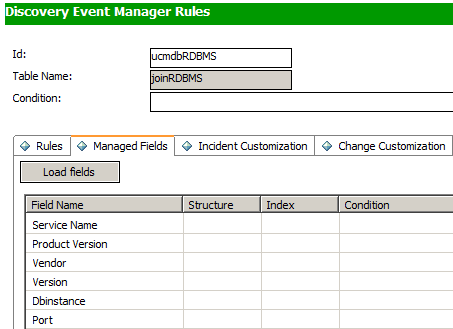Searching the Help
To search for information in the Help, type a word or phrase in the Search box. When you enter a group of words, OR is inferred. You can use Boolean operators to refine your search.
Results returned are case insensitive. However, results ranking takes case into account and assigns higher scores to case matches. Therefore, a search for "cats" followed by a search for "Cats" would return the same number of Help topics, but the order in which the topics are listed would be different.
| Search for | Example | Results |
|---|---|---|
| A single word | cat
|
Topics that contain the word "cat". You will also find its grammatical variations, such as "cats". |
|
A phrase. You can specify that the search results contain a specific phrase. |
"cat food" (quotation marks) |
Topics that contain the literal phrase "cat food" and all its grammatical variations. Without the quotation marks, the query is equivalent to specifying an OR operator, which finds topics with one of the individual words instead of the phrase. |
| Search for | Operator | Example |
|---|---|---|
|
Two or more words in the same topic |
|
|
| Either word in a topic |
|
|
| Topics that do not contain a specific word or phrase |
|
|
| Topics that contain one string and do not contain another | ^ (caret) |
cat ^ mouse
|
| A combination of search types | ( ) parentheses |
|
- How to Add a CI Type to the Integration for Data Push
- How to Add the CI Type to the UCMDB Class Model
- How to Create a Query to Synchronize the CI Type
- How to Add the CI Type's Attributes to the Query Layout
- How to Add the CI Type in Service Manager
- How to Create Web Service Fields to Support the CI Type
- How to Add Managed Fields to Support the CI Type
- How to Map the CI Type's Query to an XSL Transformation File
- How to Map the CI Type's Attributes to Web Service Fields
How to Add Managed Fields to Support the CI Type
In order for your custom CI type to trigger the automated Change Management validation and verification processes, you must add a managed field for each CI attribute within your CI type. Service Manager managed fields are part of the Discovery Event Manager Rules. For a list of fields that trigger Change Management validation and verification, see Service Manager Discovery Event Manager Rules.
The following steps illustrate how to add the managed fields for the SM RDBMS CI type described in the previous sections.
To add managed field to support your CI type:
- Log in to Service Manager as a system administrator.
- Navigate to Tailoring > Web Services > Discovered Event Manager Rules.
- In ID, type the ID you want to create for the new Discovered Event Manager Rule. For example, ucmdbRDBMS.
- In Table Name, select the table or join definition you want to associate to the new Discovered Event Manager Rule. For example, joinRDBMS.
- Click New.
- Click Next.
- Click the Managed Fields tab.
Note The list of fields you will add here will trigger Change Management validation and verification.
- Select an empty row in the Managed Fields list.
- For Field Name, select the caption names of the Service Manager fields that you previously selected to store the incoming CI attribute values. See How to Create Web Service Fields to Support the CI Type.
Note Service Manager displays the fields from all join tables associated with the table specified in the Table Name field. For example, for the joinRDBMS table, the fields from the device and rdbms tables are available from the Field Name list.
Tip If you want to add all fields that are exposed in the WSDL definition, you can click the Load Fields button. For more information, see How do I Use the Load Fields Button to Add Multiple Managed Fields.
- If the field you use to store the incoming CI attribute is an array of structure, use the Structure field to select the name of the array of structure where the column can be found. For example, Vendor is a primitive character field and therefore does not need to identify an array of structure name.
- If the field you use to store the incoming CI attribute is an array of structure, use the Index field to select the index number that identifies the column in the array of structure. For example, Vendor is a primitive character field and therefore does not need to identify an array of structure index.
- Click Save.












